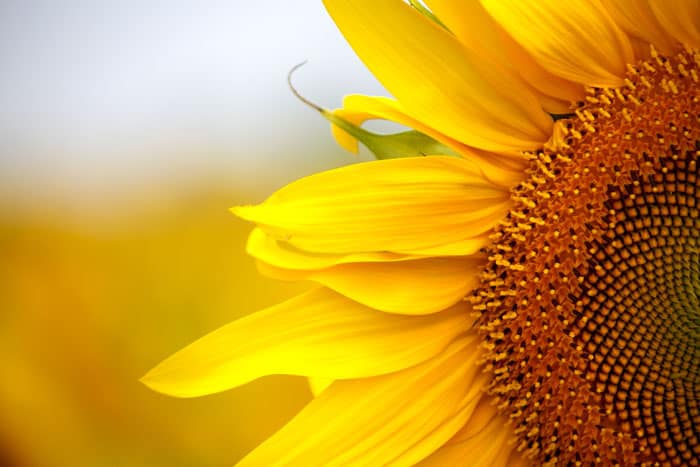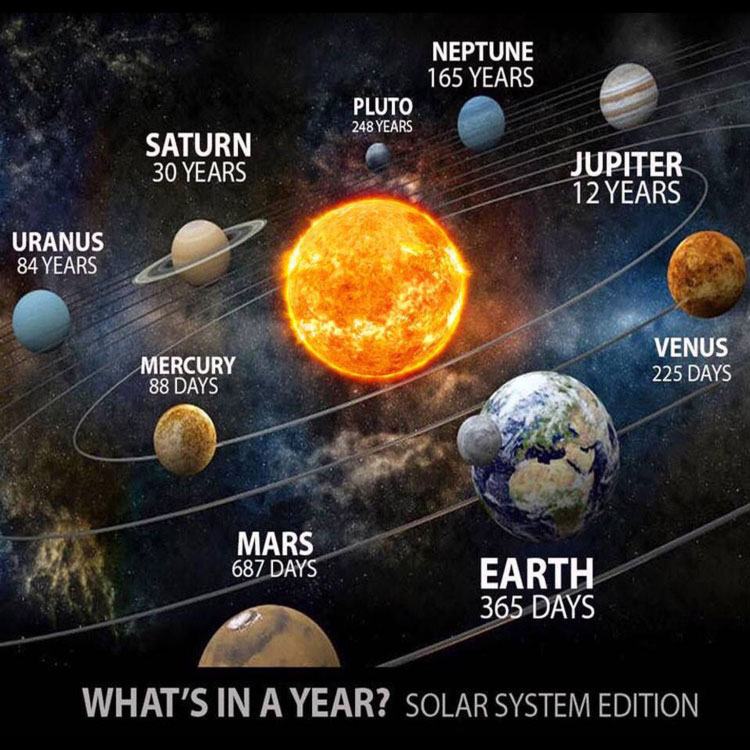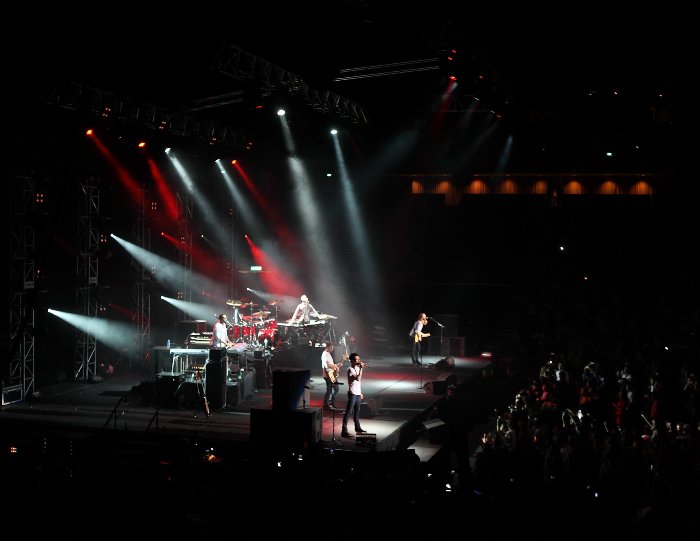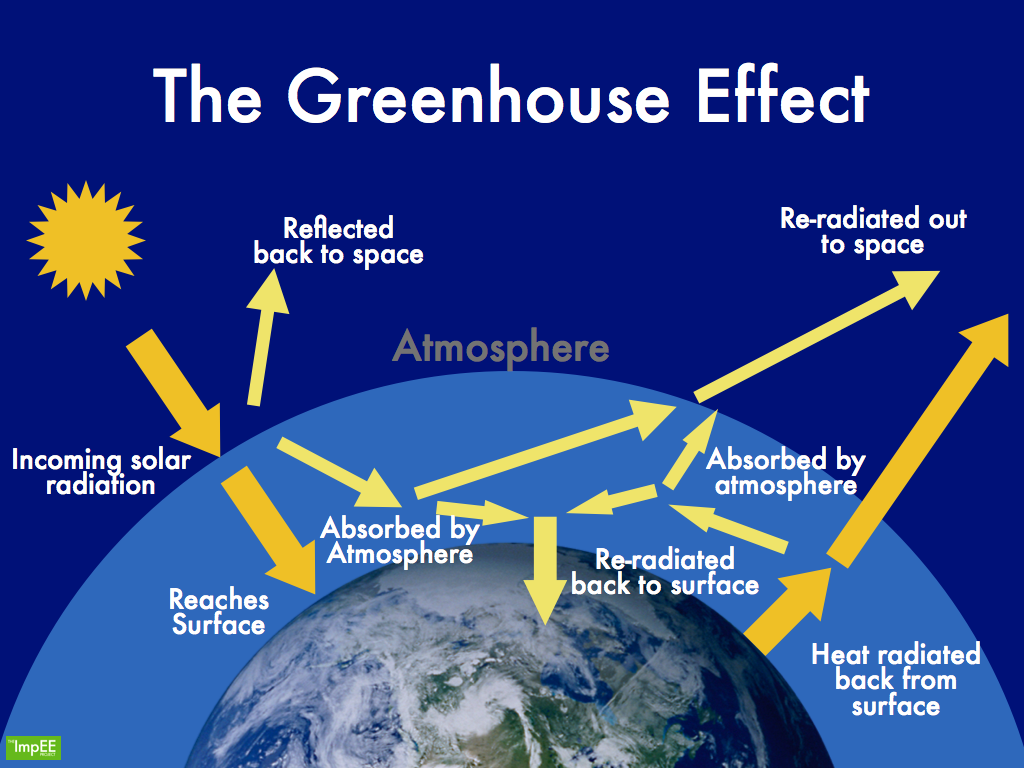Its not just our fault if we had two moons, Im sure they would have names. But since we have only one, its just called the Moon I wonder what wed call moons if there was no word. Ice on the Moon A Summary of Clementine and Lunar Prospector Results. The discussion below is historical, based primarily on results from the Clementine and Lunar Prospector missions, our view of water on the Moon is changing continuously with results from the Lunar Reconnaissance Orbiter and analyses of lunar samples on Earth. The brightest and largest object in our night sky, the moon makes Earth a more livable planet by moderating our home planet's wobble on its axis, leading to a relatively stable climate. It also causes tides, creating a rhythm that has guided humans for thousands of years. Book Review: 'Our Moon Has Blood Clots: The exodus of the Kashmiri Pandits' His mother tongue may be Punjabi, but Joginder Paul writes in Urdu and he has won awards for his fiction, which puts another nail in the coffin of the idea that any language belongs to one particular community. Glow from sodium in the lunar atmosphere. The light from the Moons surface has been blocked by the telescope used for this image, but the size, position and phase of the Moon are shown by the superimposed image in the center. The Earth is unique amongst the terrestrial planets in having a large satellite, the Moon, which, relative to the Earth, has the largest mass of any satelliteparent system. The Moon's orbit (its circular path around the Earth) is indeed getting larger, at a rate of about 3. (The Moon's orbit has a radius of 384, 000 km. ) The moon very likely has a very small core, just 1 to 2 percent of the moon's mass and roughly 420 miles (680 km) wide. It likely consists mostly of iron, but may also contain large amounts of. Our Moon Has Blood Clots by Rahul Pandita is the truth of the life that Kashmiri Pandits have lived, their exile, their ancestral history, discrimination that has been part of their life, since the 14th century. Our Moon has Blood Clots: The Exodus of the Kashmiri Pandits is a 2013 memoir by Indian author Rahul Pandita. garyrohan16 @amierohan and I are over the moon to share with you all that we have been blessed twice over Sadly, one of our beautiful bubs has been diagnosed with anencephaly. Anencephaly is a condition where part of the brain, skull and scalp never develops. Mars has two moons, Jupiter has 67, Saturn 62, Uranus 27, Neptune 14. But our planet Earth has just one moon. Looking for a 2016 story on Earths newly. This afternoon the folks at NASA revealed a radical new video touring the moon in 4K resolution. This video was made using images from NASAs Lunar Reconnaissance Orbiter (LRO). Astronomers find first compelling evidence for a moon outside our solar system New Neptunesized exomoon candidate has been observed around a star some 8, 000 light years away Our Moon Has Blood Clots is the story of Kashmir, in which hundreds of thousands of Pandits were tortured, killed and forced to leave their homes by Islamist militants, and forced to spend the rest of their lives in exile in their own country. In Greek, our moon is named Selene, as is the moon goddess of ancient Greek mythology. The English word selenology, or the study of the moon's geology, derives from it. Our Moon has Blood clots is the unspoken chapter in the story of Kashmir in which it was purged of the Kashmiri Pandit community in a violent ethnic cleansing backed by Islamism militants Hundreds of people were tortured and killed and about 3, 50, 000 Kashmiri Pandits were forced to leave their homes and spend the rest of their lives in exile. The Moon is the only natural satellite of Earth: . orbit: 384, 400 km from Earth diameter: 3476 km mass: 7. Called Luna by the Romans, Selene and Artemis by the Greeks, and many other names in other mythologies. The Moon, of course, has been known since prehistoric times. Our Moon Has Blood Clots is the story of Kashmir, in which hundreds of thousands of Pandits were tortured, killed and forced to leave their homes by Islamist militants, and forced to spend the rest of their lives in exile in their own country. The satellites of our solar system have some glorious designations: Europa, Io, Triton, Titan, Phobos, Oberon, andthe Moon. Technically, Earths only orbiting body does have a name, it just. Q1: Our moon clearly has had a significant influence on the development of life on Earth. Asimov, I believe, wrote an entire book on the, ah, 'utility' of having a large satellite, from the. Our moon goes through a lunar cycle of phase changes due to several factors including the orbital motion of the moon and the Earth; the resulting changing of the moon's position in space relative to the Earth (our viewpoint) and the sun. The main way the moon affects the Earth is the tides. The moon plays an important role in protecting the Earth from space rocks, such as meteorites. More subtle effects of the moon include minor effects on climate, the heat of the crust and the speed of the Earth's rotation. The atmosphere of the Moon is a very scant presence of gases surrounding the Moon. For most practical purposes, the Moon is considered to be surrounded by vacuum. The elevated presence of atomic and molecular particles in its vicinity compared to interplanetary medium. Pluto is smaller than our Moon, and Mercury is not significantly larger than our Moon. 10, The Sun i used for lighting the planets is slightly off from reality, this was done so that they weren. There are three theories as to how our planet's satellite could have been created: the giant impact hypothesis, the coformation theory and the capture theory. the moon may be that Venus has. Could Earth have more than one? It's possible Earth had more than one moon in the past, millions or even billions of years ago. Luna, our moon, has the coldest temperatures recorded at 413F in the shadowed craters near the south pole. The shadowed craters of Mercury and dwarf Ceres are thought to be just as cold. The shadowed craters of Mercury and dwarf Ceres are thought to be just as cold. The moon may attract fewer bits of space rock than the Earth, but the moon is powerless to do anything about it after it has been hit. Once something hits the moon, that event becomes frozen in time. Earth, on the other hand, simply brushes these impact craters off and moves on with its life. Moons in our Solar System As of October 2008, there are known natural moons orbiting planets in our Solar System. moons orbit the fullsize planets (Mercury, Venus, Earth, Mars, Jupiter, Saturn, Uranus, and Neptune), while moons orbit the smaller dwarf planets. Our Moon Has Blood Clots is the story of Kashmir, in which hundreds of thousands of Pandits were tortured, killed and forced to leave their homes by Islamist militants, and forced to spend the rest of their lives in exile in their own country. Moon Facts The Moon (or Luna) is the Earths only natural satellite and was formed 4. 6 billion years ago around some 3050 million years after the formation of the solar system. The Moon is in synchronous rotation with Earth meaning the same side is always facing the Earth. The moon has a total of eight individual phases. Four of these phases are considered to be the moon's main phases. The remaining four phases are considered to be the moon's transitional phases. The eight phases of the moon are new moon, waxing crescent, first quarter, waxing gibbous, full moon. New research shows that our Moon once had an atmosphere 3 to 4 billion years ago. It formed when volcanic eruptions rocked the ancient satellite, propelling gases above its surface too. This includes the eight planets and their natural satellites (such as our moon), dwarf planets and their satellites, as well as asteroids, comets and countless particles of smaller debris. Our solar system is a region of space. But it contains many worldsincluding Earthwith many kinds of atmospheres. 6 The existence of our Moon is pretty obvious. Ancient civilizations could see, observe and study it without any instrumental aid. However, the discovery of other satellites didnt come until the scientific revolution, after the 15th century. The moon is roughly 30 Earth diameters away from our planet, and roughly 180th of the Earths mass. Given that, the moon helps raise tides, which on average, are a couple of meters high in the. Book Review: 'Our Moon Has Blood Clots: The exodus of the Kashmiri Pandits' His mother tongue may be Punjabi, but Joginder Paul writes in Urdu and he has won awards for his fiction, which puts another nail in the coffin of the idea that any language belongs to one particular community. The remaining Moon material enters orbit around the world, forming a ring around our planet. But, like Saturns ring, it doesnt just stay there. Periodically, for the rest of Earths life, meteorites break from the ring and slam into the surface. Our Moon Has Blood Clots Quotes (showing 112 of 12) During Aurangzebs rule, which lasted for fortynine years from 1658 onwards, there were many phases during which Pandits were persecuted. One of his fourteen governors, Iftikhar Khan, who ruled for four years from 1671, was. Every natural satellite is identified with a mythical figure. Jupiter's 16 moons, for example, bear the names of women (and a man: Ganymede) with most of whom this. The Book, Our Moon Has Blood Clots: The Exodus of The Kashmiri Pandits, available in hardcover, describes the ethnic cleansing of people from a whole community from the place they had occupied from time immemorial. This poignant incident faced by the Pandits in. Our ancestors couldn't get to the Moon, but that didn't stop them pondering where it came from. After the Second World War a completely different idea took hold a Orbital inclinations are given relative to the planets equator, except for the Moon which is given relative to the ecliptic. The Moons orbital inclination relative to the Earths equator ranges from 18. 58 degrees; it reaches its maximum inclination every 18. Link: Lunar Impacts Stateoftheart seismological techniques applied to Apolloera data suggest our moon has a core similar to Earth's. Uncovering details about the lunar core is critical for developing accurate models of the moon's formation. The fifth largest moon in the solar system, Earth's moon is the only place beyond Earth where humans have set foot. The brightest and largest object in our night sky, the moon makes Earth a more livable planet by moderating our home planet's wobble on its axis, leading to a relatively stable climate. At 5, 262 kilometers in diameter, Jupiter's Ganymede is the largest moon in our solar system. Ganymede is the biggest moon in the Solar System The moon is a solid natural object that orbits around a planet. It is a planets natural satellite. No definite scientific explanation has satisfactorily.











